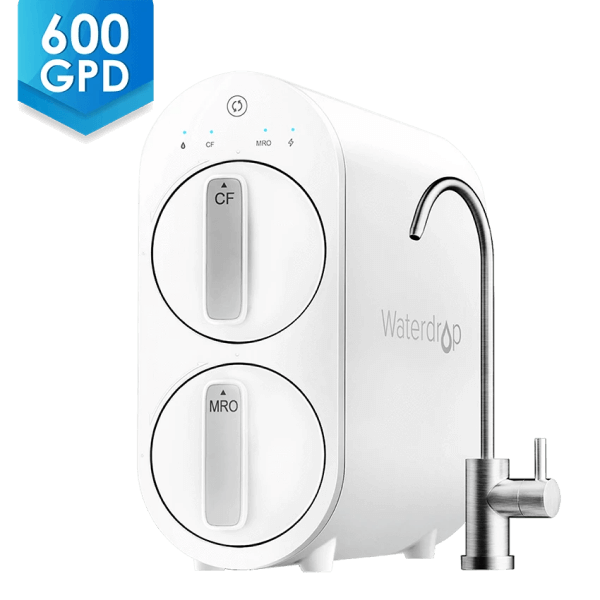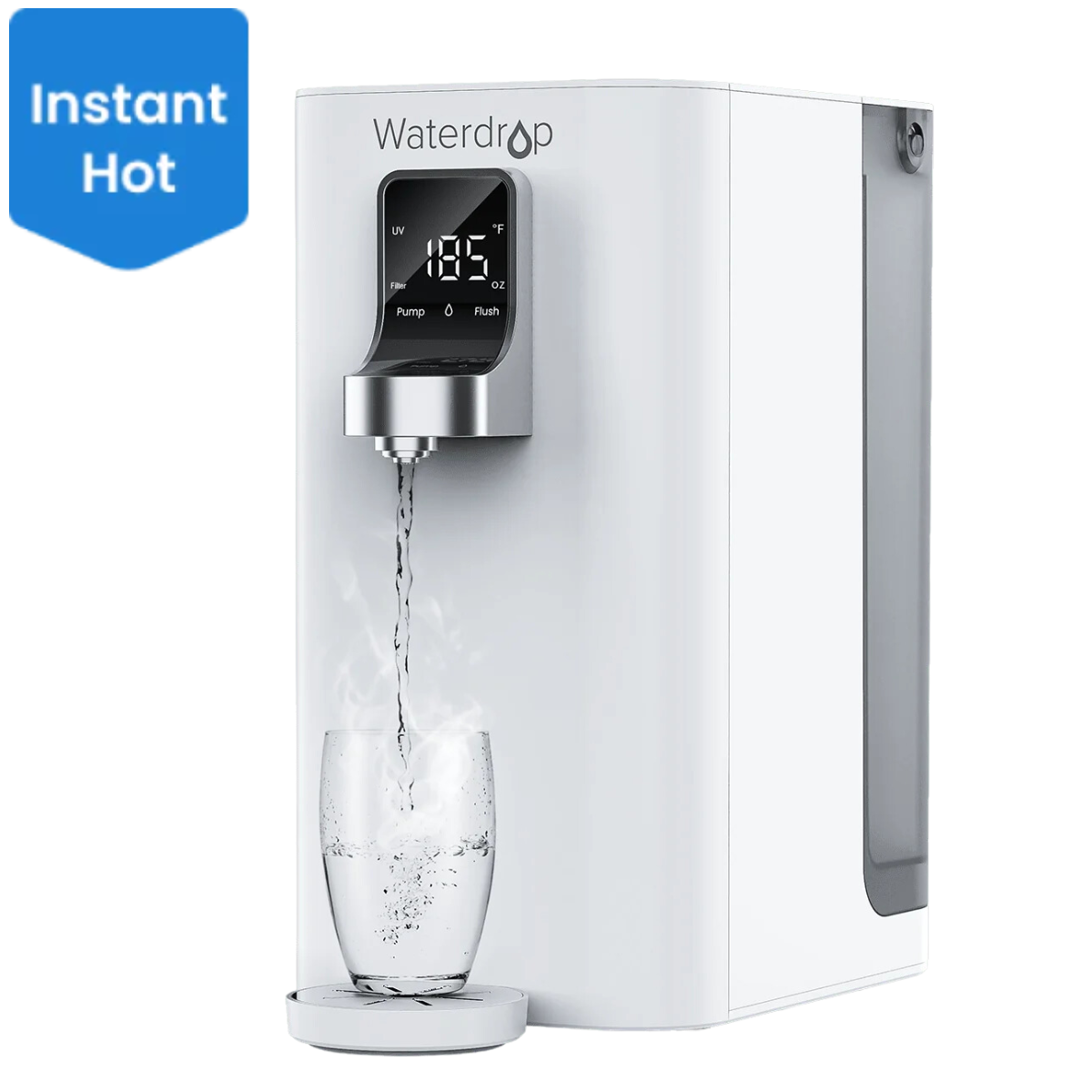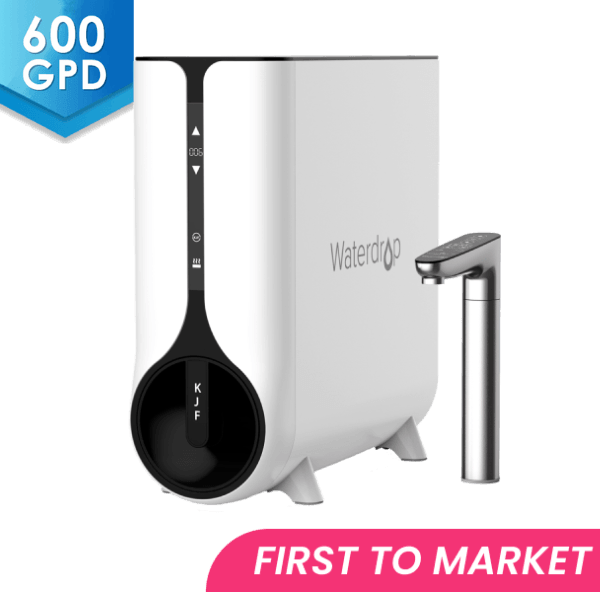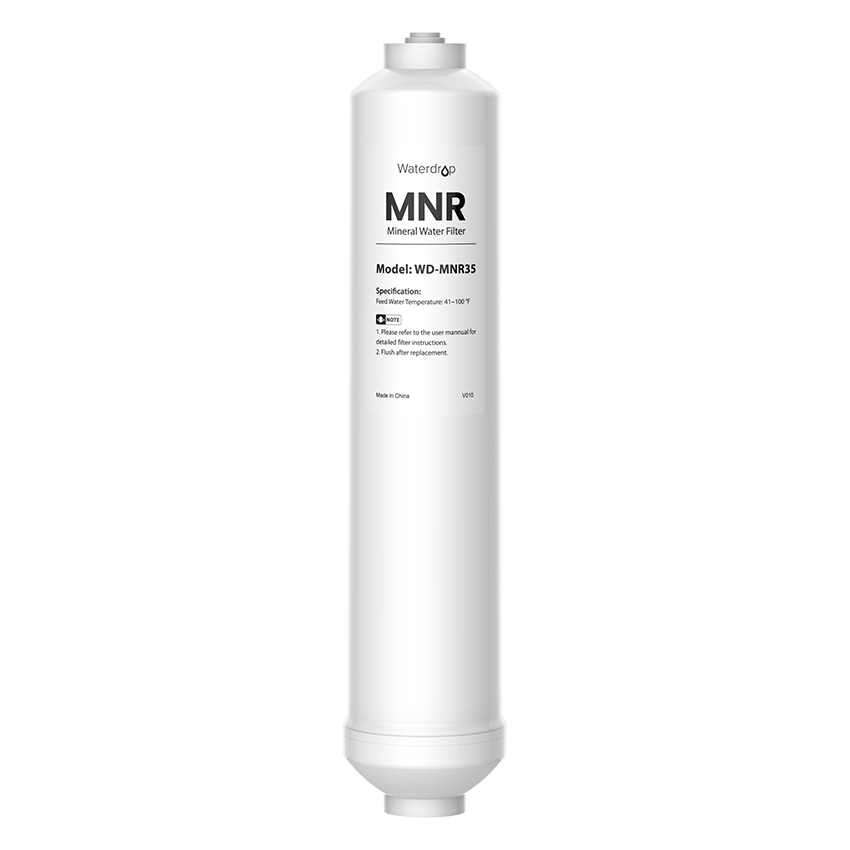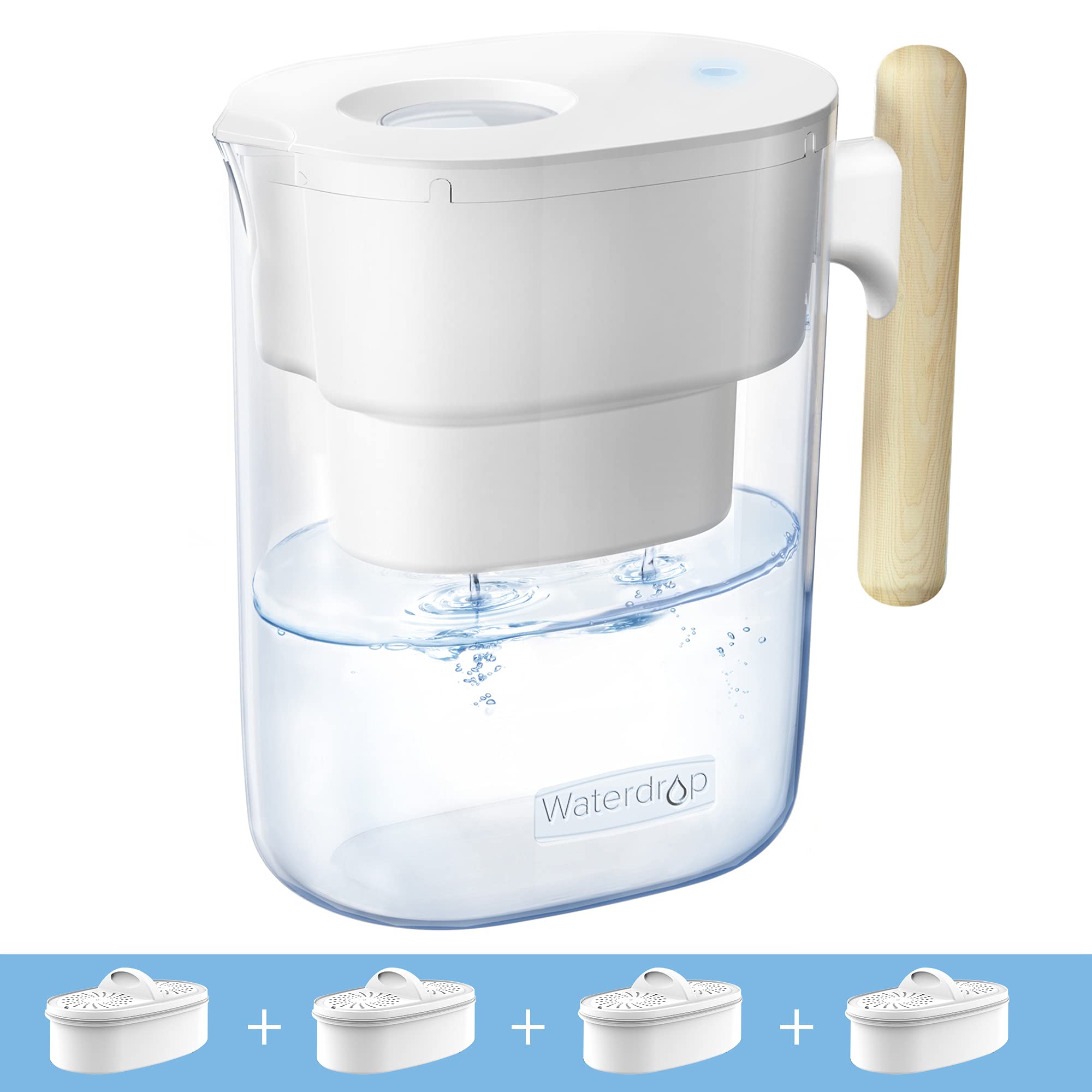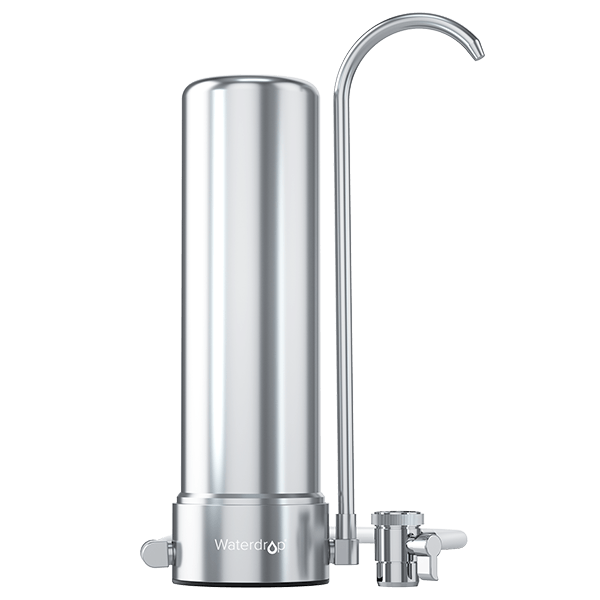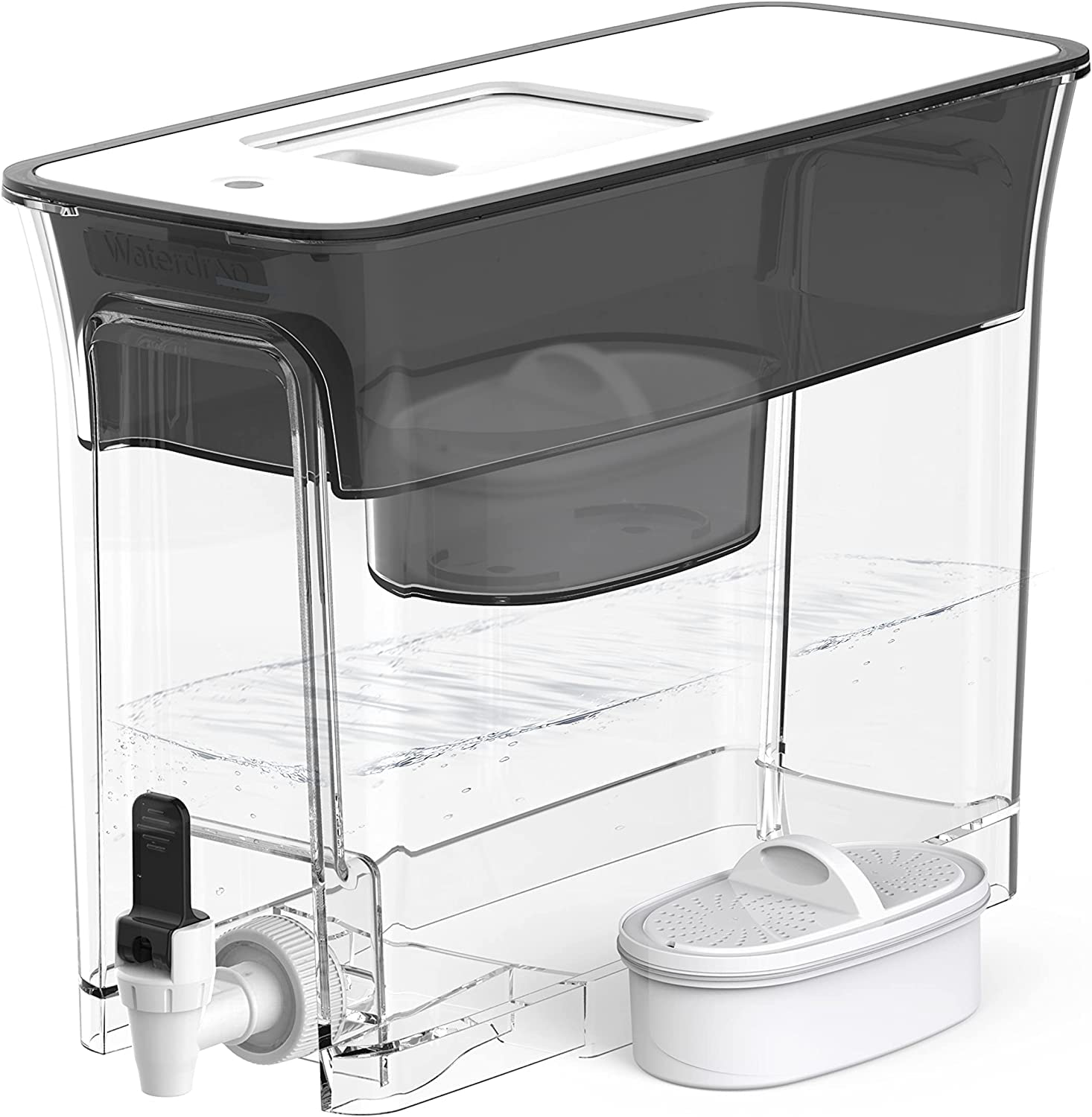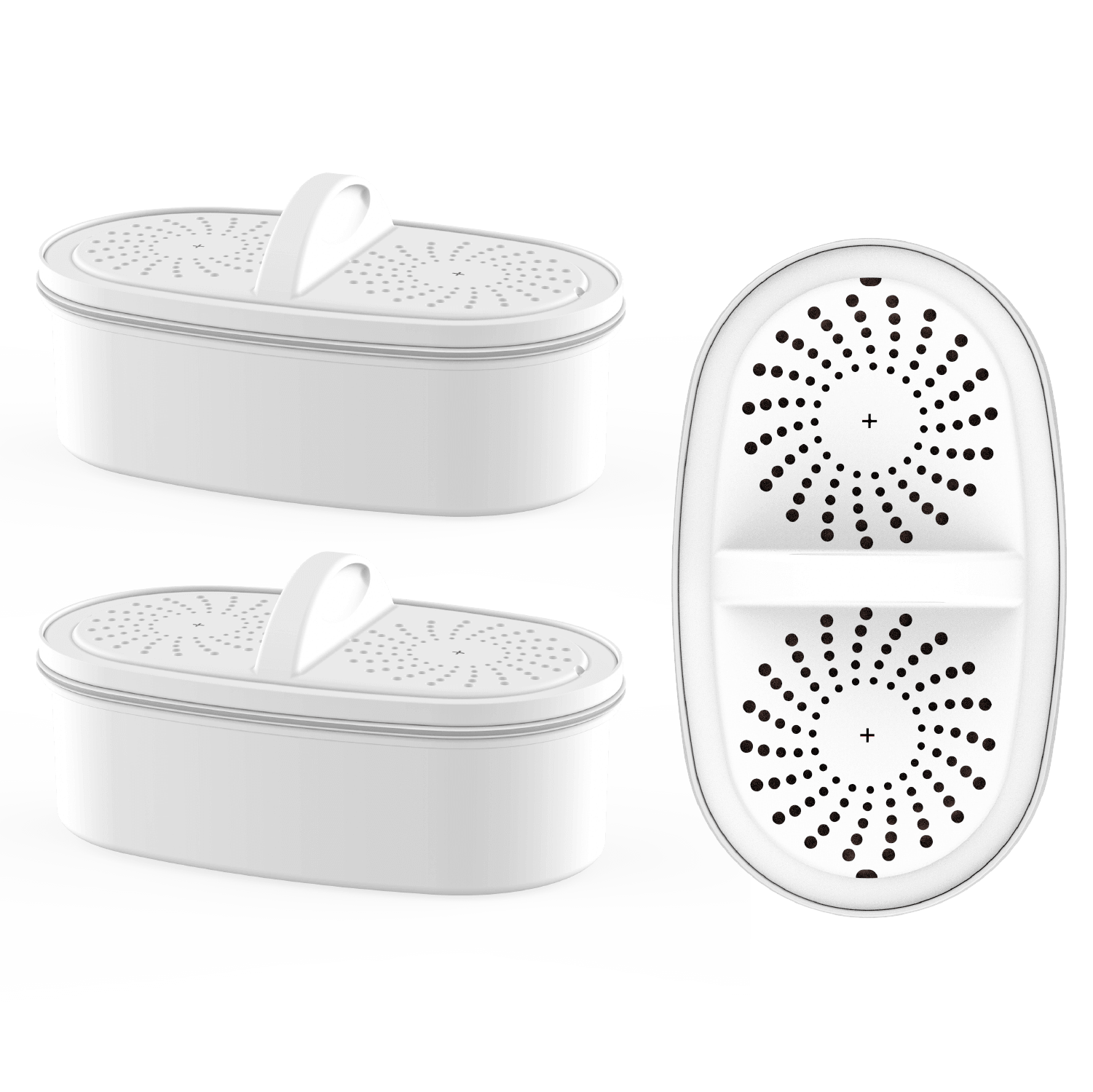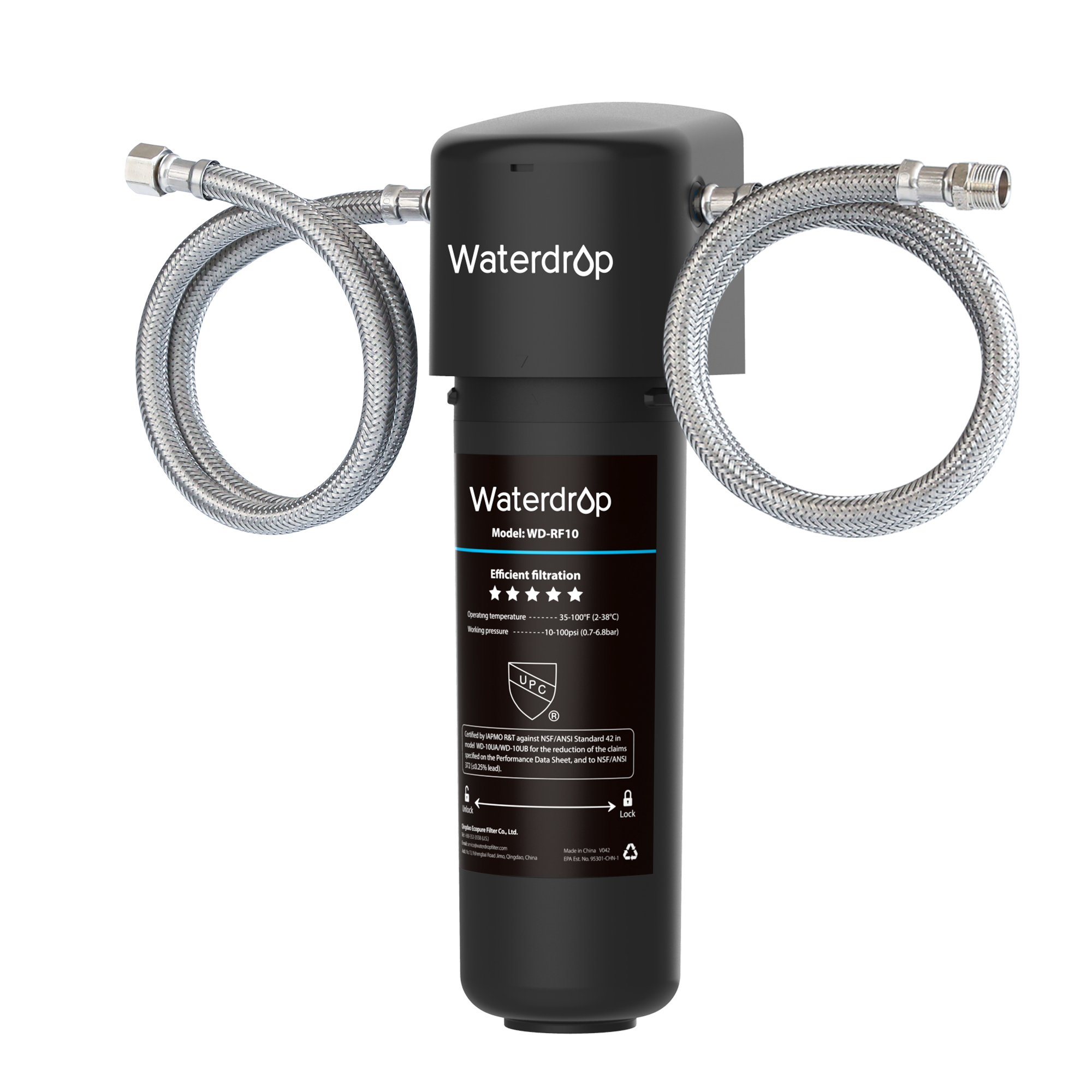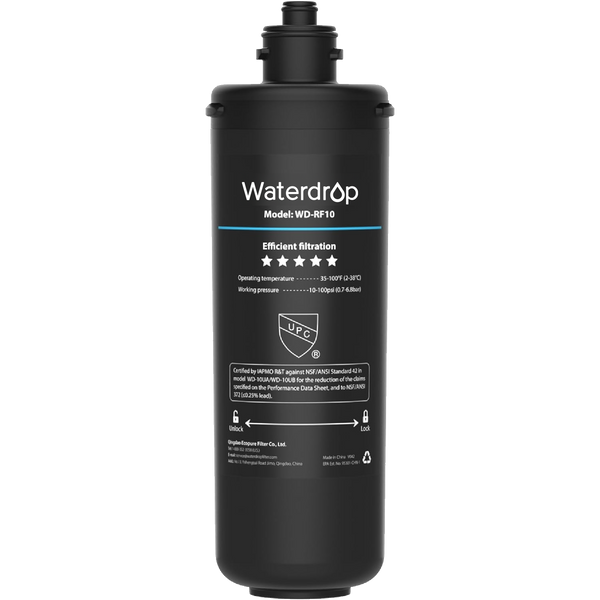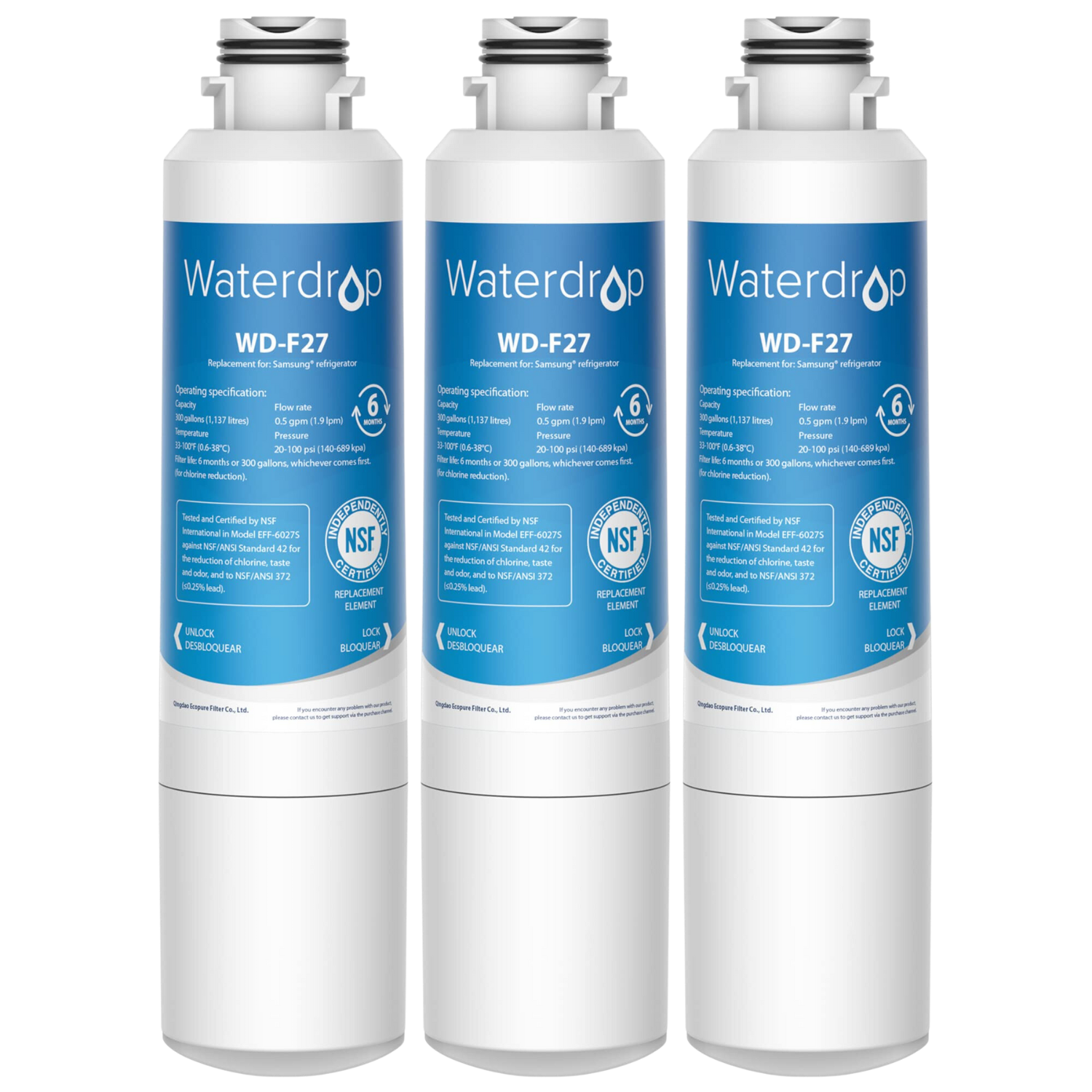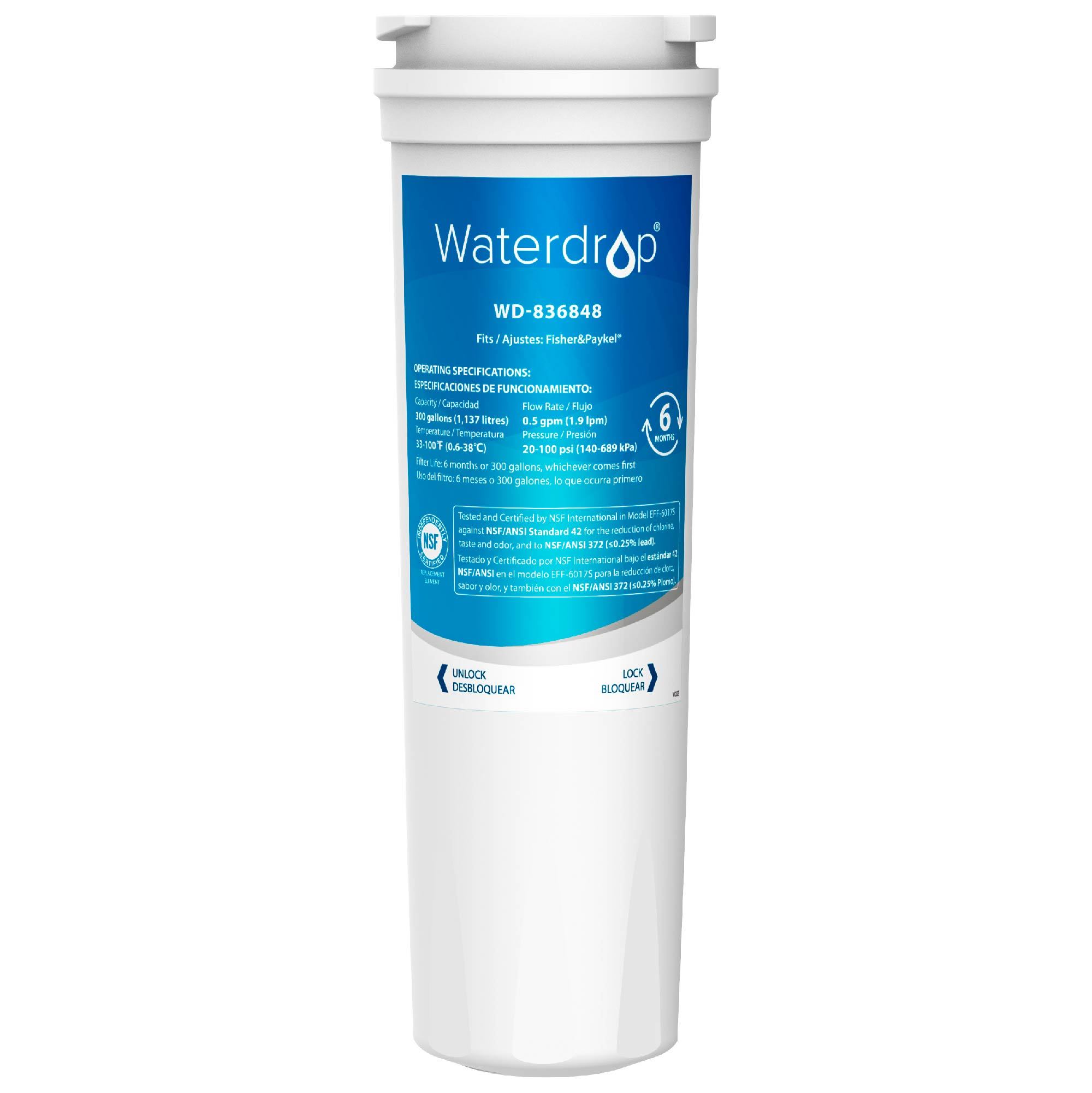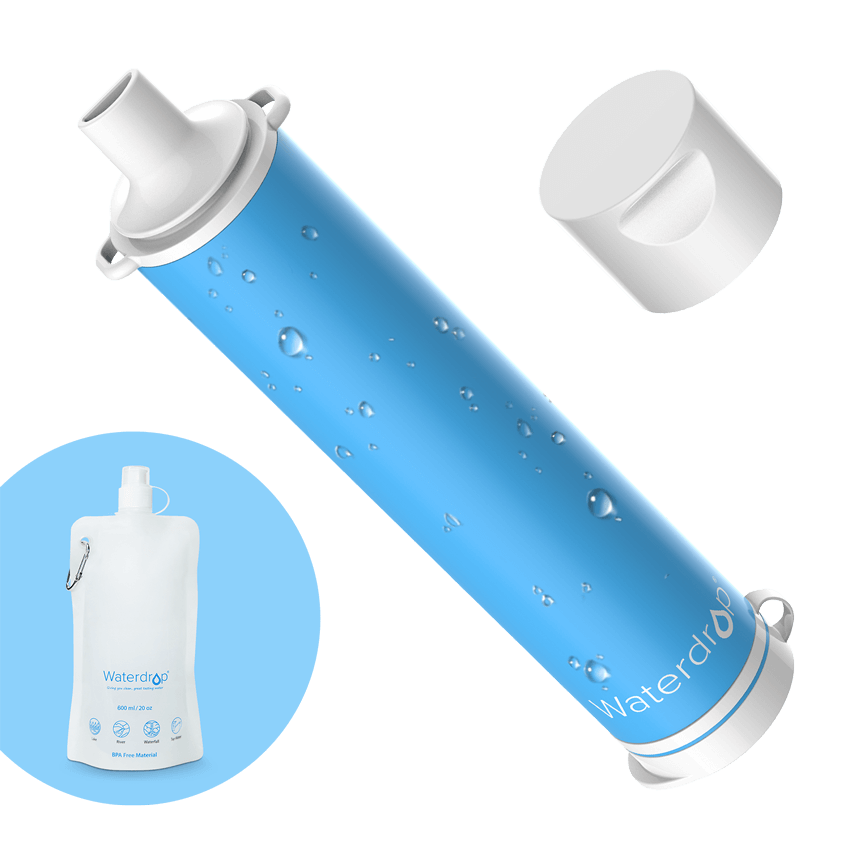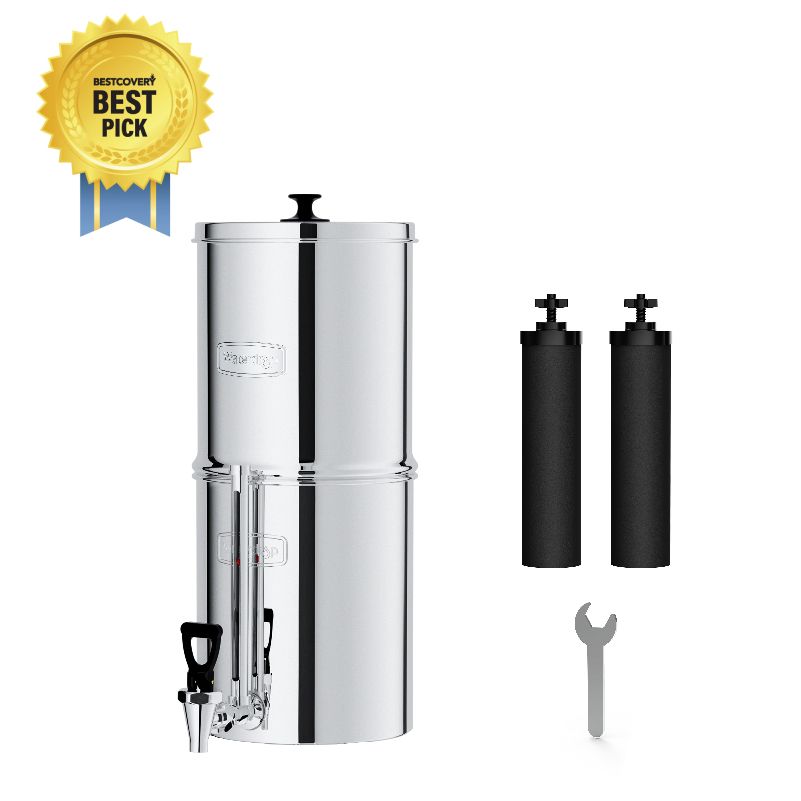Boiled Water VS Distilled Water: What Is Distilled Water?
by Dr. Jonathan Doyle - Updated January 30, 2024
Water is an essential component of human survival and daily life. Many types of water are available for purchase, but the most well-known are boiling and distilled water. Even though each goes through procedures that change their makeup, questions regarding their distinctions and similarities persist.
In the present research, we will look at the boiling and distillation processes, highlighting the changes each methodology results in in water. We will also explain the misunderstanding on the topic “Is boiled water the same as distilled water?”
What Is Distilled Water?
Distilled water is a difficult process that takes a long time to clean water. This method heats water to turn it into mist, then cools and condenses into a liquid. distillation is amazing because it can remove minerals and other impurities from water and get its cleanest form.

There are more ways to clean water than just distillation. These include a RO system, chlorination, and filters. Using a reverse osmosis system is the best way to clean tap water in homes that get their water from public sources.
Water is incredibly pure after distillation because it eliminates all its impurities. It can be used for many things, like medicine, science research, and home appliances that need water with few minerals. Because distilled water is so pure, it can be used in industries that need to be exact.
What Is Distilled Water’s pH?
It is important to know that water does not naturally have a pH of 7. This is true whether it comes from the tap, is distilled, or is deionized. Carbon dioxide (CO2) breaks down in water to make carbonic acid when it comes in contact with air. Because of this, the water’s pH isn’t always 7.

What Is Boiled Water?
“Boiled tap water” is a drink that has been heated until it boils and then cooled naturally. Different bacteria and parasites that live in untreated water can make people sick. It is best to drink water that has been cooked since boiling water can kill any parasites or germs in it.
Boiling water has been used by people for thousands of years to get rid of dirt and other contaminants. There are, however, questions about how well-boiling tap water is used to clean it. No matter where you are—in the middle of nowhere or in your own home—boiling water is an easy and effective way to clean it.
What Temperature Does Water Boil?
Harmful germs must be killed by boiling the water until it reaches 212 degrees Fahrenheit. At 160 degrees Fahrenheit for thirty minutes, water can kill most germs.

The government could put out a boil water advisory during extreme weather conditions to ensure the water is safe. To protect public health, this preventative method kills infectious microorganisms and eliminates possible pollution. When you’re in a pinch, boiling water is a quick and easy way to ensure it’s safe to drink and reduce the health risks that could come from it.
How Boiled Water Differs from Distilled Water
Procedure for Purification
Boiling is the easy and effective process of heating water until it reaches boiling. Heat treatment effectively eliminates harmful germs, ensuring the safety of the water for consumption. While it addresses microbiological issues, it does not remove minerals and other pollutants found in the water.
Distillation is a more advanced method of purification. Water vaporizes when heated, eliminating minerals and impurities before shrinking into a liquid. Using a systematic approach, this process guarantees that all contaminants are completely removed, resulting in exceptionally pure water free of minerals and other pollutants.

Mineral Composition
When water boils, it keeps the chemicals that are in tap water. Since minerals are not taken out of the water when it boils, the mineral makeup of the water stays the same. The amount of minerals in tap water can change how it tastes and what it is made of.
On the other hand, distilled water doesn’t have any chemicals in it. Water goes through boiling to get rid of minerals and other impurities. This makes the mineral content much lower. When used in places that don’t need minerals, like medical or scientific studies, distilled water can be used because it is so pure.
Impact on Microorganisms
Boiling water is an effective strategy to get rid of harmful microorganisms. When you boil water, viruses, bacteria, and other dangerous microorganisms break down, making it safe for people to drink. This method works especially well when there is a chance of getting unhealthy from water.

One good way to get rid of germs is to distill them. Water that has been turned into vapor and then back into a liquid is cleaned by removing contaminants like germs. Microbiological cleanliness is very important in some situations, and distilled water is a good choice because it is completely free of any biological pollutants.
Taste and odor
Even after being boiled, water may still have the taste of impurities that were in it before it was boiled. There could be minerals, chemicals, and other things in the water source that change the way it tastes since cooking doesn’t get rid of taste-related substances.
A common trait of distilled water is that it doesn’t taste or smell like anything. Distillation takes away flammable chemicals, minerals, and other impurities that could change the smell and taste. Deionized water usually doesn’t have any smell or taste, so it’s a great choice if you want something clear and neutral tasting.

Applications
An everyday choice for both drinking and cooking is water that has been boiled. It can be used to make food and drinks because it kills dangerous bacteria, which is one of its main benefits. One way to ensure that water used for everyday things is safe is to boil it.
It is best to use distilled water in places like labs and medical-surgical processes where cleanliness is very important. Pure water is a good solvent that can be used in many research projects and medical devices because it doesn’t have any minerals or other impurities in it. Plus, it keeps scale from building up in steam irons and other home appliances that use water without minerals.
How to Make Distilled Water?
Some people may have worried about how to boil water where they live. It is possible to make distilled water at home, but you can also buy it in shops and other places that sell things. Now, let’s look at how to clean water at home.
To make purified water at home, you’ll need the following things:
- A large saucepan with a lid
- A smaller bowl
- Ice
- Water

Add half of the water to your pot. Fill up a bowl and put it in the pot. The bowl shouldn’t touch or go under the bottom of the pot. It should stay away from it. Ideally, it should be smaller than the pot so it can float on top of the water. Lower the stove’s heat to a medium level and heat the water until it boils. After that, turn the lid over and put it on top of the pot. Then, add ice until the pot is full.
When the hot water vapor touches the cold lid, it will condense. The water will be clean as soon as the mist drips into the container. Distilling will keep going until you get the water you need.
Is Distilled Water Safe to Drink?
Is it safe to drink distilled water? Even though distilled water is safe to drink, there may be better choices for everyday use. Distillation is a way to clean water by getting rid of minerals, contaminants, and other impurities. But because they aren’t there, nutrients like calcium and magnesium don’t add flavor to distilled water and are also good for your health.
Most people think it’s safe to use distilled water sometimes. But depending on it as your main water source for a long time might be a better idea. A balanced approach to drinking water is often recommended, including getting water from various sources to ensure you get enough vitamins from your food.
Subscribe to win your order for free
Subscribe to our newsletter and place an order for a chance to win your entire purchase for free! Winners will be randomly selected and refunded in full. Winners will be announced on this event page, and we'll notify them via email. Don’t miss out—subscribe now to qualify!


